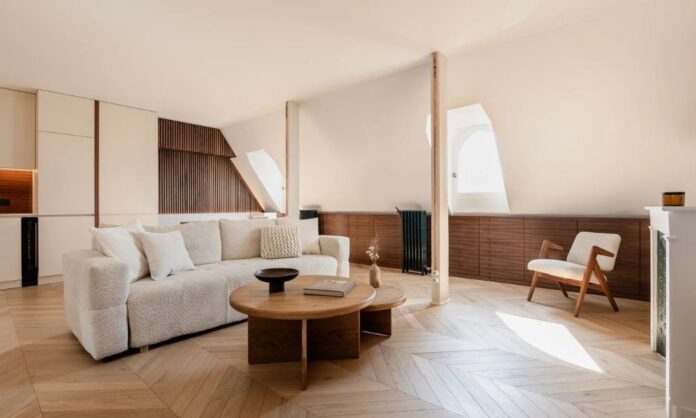1. Warm Minimalism: A Cozy Take on Minimalism
Warm Minimalism blends traditional minimalist design with a cozy, inviting ambiance. Spaces are streamlined, retaining only essential furniture while ensuring comfort and warmth.
This style employs neutral hues like white, beige, and light brown, complemented by soft yellow lighting and natural materials such as wood and stone to create a balanced and serene environment.
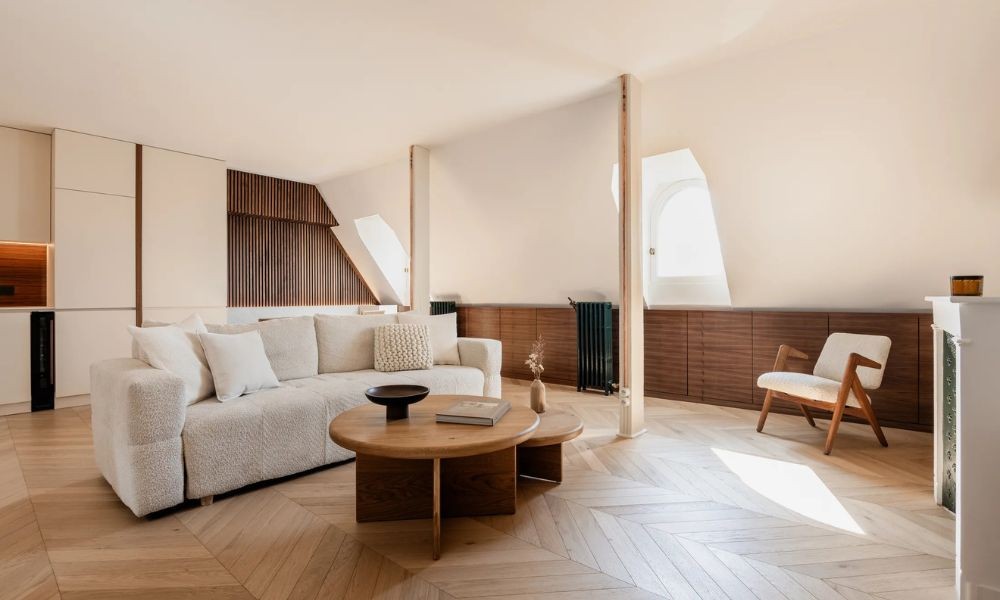
Streamlining furniture makes the room feel more spacious.
To apply this style in apartment interior design, opt for simple, multifunctional furniture with a compact design to optimize space. Use soft, flowing curtains to maximize natural light. Add subtle accents like decorative lamps, coarse-fabric pillows, or woolen rugs to enhance coziness while maintaining the elegance associated with minimalism.
2. Pared Back Maximalism: A Bold Blend of Colors and Patterns
In contrast to minimalism, Pared Back Maximalism is a daring fusion of colors and patterns, resulting in a vibrant and eccentric living space. This style emphasizes bold colors such as blues, greens, oranges, and yellows. However, instead of overwhelming the space with these vibrant hues, Pared Back Maximalism strives for balance by retaining neutral walls or backgrounds to highlight furniture pieces or artistic details.
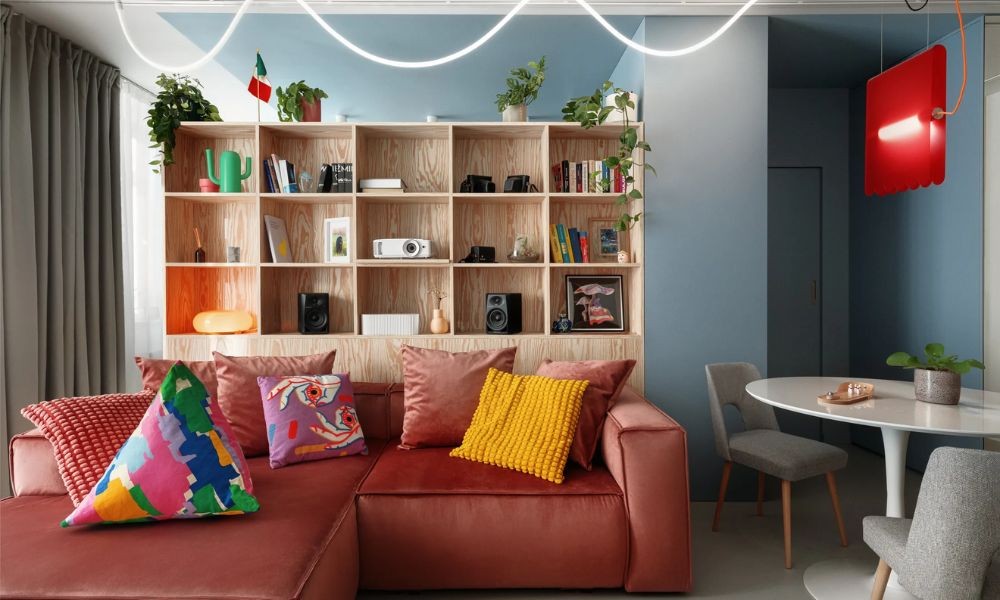
Pared Back Maximalism stands out with bold colors balanced by neutral backgrounds.
To incorporate this style into your interior design, choose a few statement furniture pieces, such as a vibrant sofa or a unique coffee table, and pair them with neutral-colored walls for a harmonious effect. Wallpaper with patterns or large-scale artwork can also add depth to the space. Avoid overloading a room with too many colors or details to prevent a cluttered look.
3. Nature-Inspired Design: Embracing Natural Elements
This style emphasizes the connection between humans and nature, promoting relaxation through the use of natural materials such as wood, stone, bamboo, and rattan. The design aesthetics feature soft, flowing lines that mimic natural shapes, creating a harmonious environment.
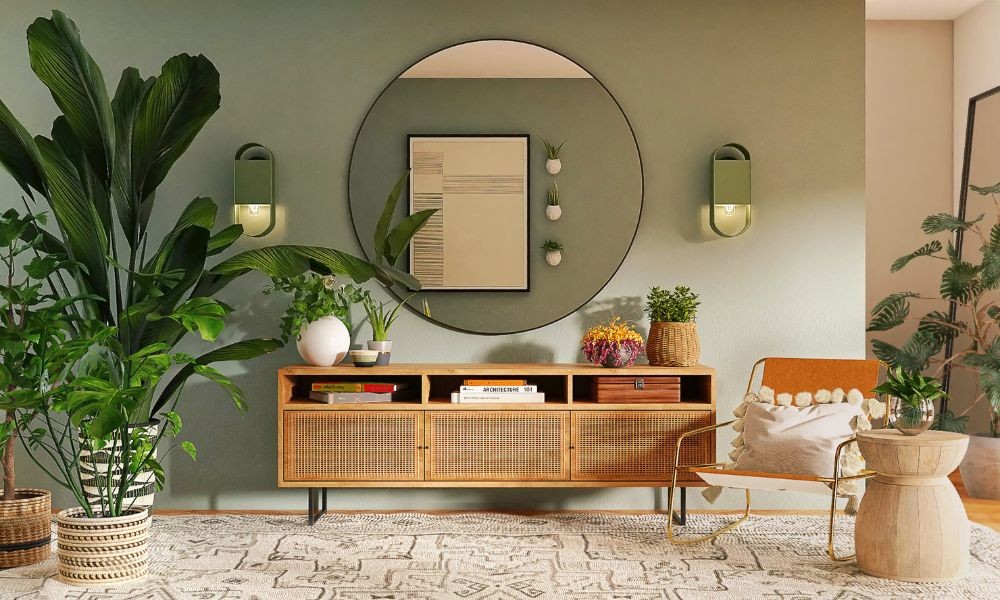
Nature-inspired style exudes warmth with organic materials and harmonious natural lighting.
To embrace this style, opt for furniture crafted from organic materials, such as woven chairs and natural wood tables. Maximize natural light through large windows or open-plan layouts. Earth-toned pillows and hand-woven rugs contribute to a cozy atmosphere.
4. Sensory Interior Design: Engaging All the Senses
Sensory Interior Design goes beyond visual appeal, aiming to engage all the senses through lighting, sound, scent, and tactile experiences. Each element contributes to a relaxing and immersive living space that appeals not only to the eyes but also to the emotions. Details such as adjustable lighting, soft furry rugs, and natural fragrances like lavender or peppermint create a soothing ambiance.
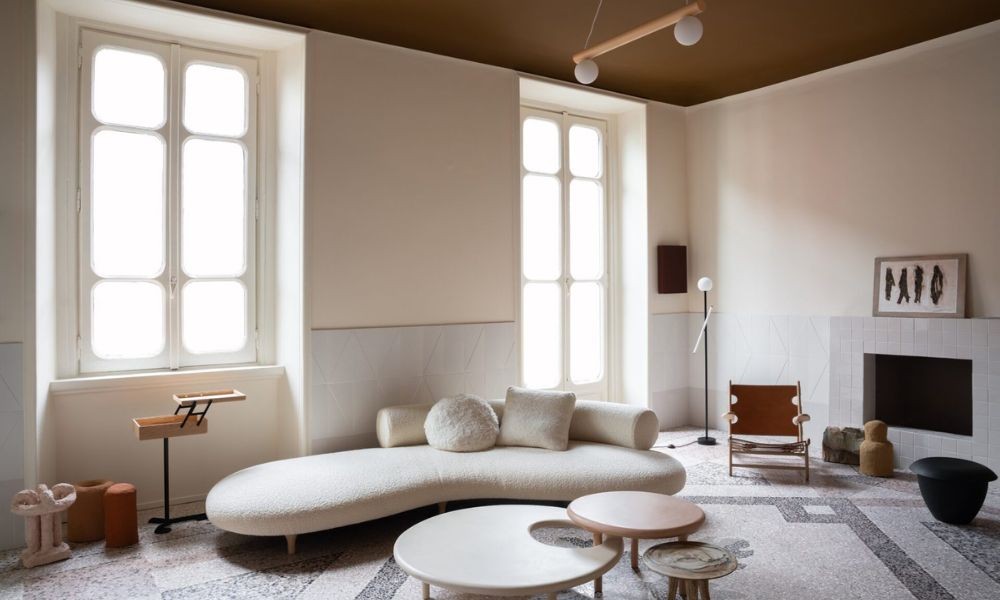
Sensory Interior Design awakens the senses, fostering a stimulating environment.
Implementing this style is relatively simple yet impactful. Diffusers with essential oils can enhance the atmosphere with soothing scents. Incorporating soft textures like furry rugs and bean bag chairs adds a tactile dimension. Adjustable lighting allows for customization throughout the day. Acoustic elements, such as the sound of flowing water or soft music, coupled with effective soundproofing, contribute to a tranquil environment.

